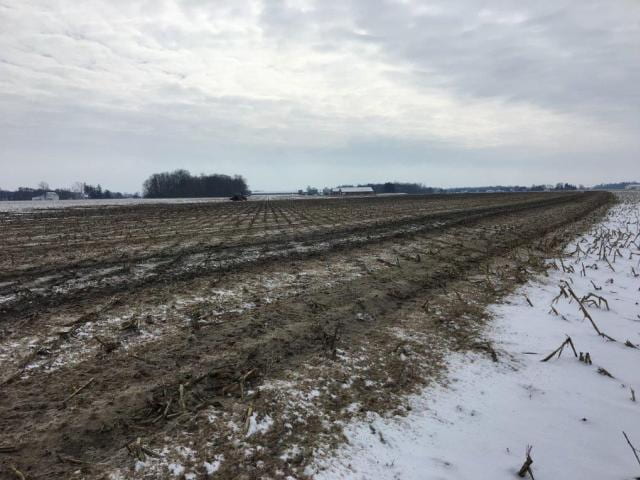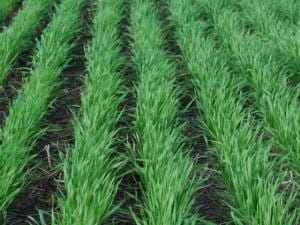By: Peter Thomison OSU Extension
Last week, I received reports of several ear oddities showing up in corn fields including the following:
Shortened husk leaves with normal ears protruding beyond the husks
Most corn fields have a few ears with exposed tips. In extreme situations, a high proportion of ears outgrow husks by 1/3 to 1/2. According to Aldrich et al., 1986, Modern Corn Production, observed this where “… extreme [drought] prevailed during the time of ear set with abundant rainfall and good growing conditions thereafter.”
With corn at so many different stages of growth in Ohio this year, it is likely that some corn was subject to heat and drought earlier in the season during husk formation followed by cooler and wetter conditions. Ears protruding beyond the husks are likely to be more susceptible to bird and insect damage followed by molds that may produce mycotoxins. It is advisable to harvest earlier and dry corn down to minimize these potential problems. Avoid hybrids prone to ear tip exposure. However, ear tip exposure problems may be more the result of environmental conditions or an interaction of a particular hybrid with environment than genetics per se.

Fig. 1. Ears with exposed ear tips at maturity.
“Barbell” or “Dumbbell” Ears
Barbell ears (Fig. 2) are characterized by kernel formation at the base and tip of the ear but absent from the middle of the ear.
The barbell ears I have heard about this year were observed in sweet corn fields. Barbell ears have been associated with chilling injury during ear formation and seem to be more common in certain sweet corn genetic backgrounds. Some agronomists have suggested that low temperatures disrupt normal kernel development resulting in anomalous ear growth.
Barbell ears also appear to be a glyphosate injury symptom in non-GMO corn. It has been observed when non-GMO corn hybrids are sprayed with a low level of glyphosate in spray tank contamination.

Fig. 2. Sweet corn ears exhibiting barbell deformity. Source: Kevin Black, 2019.
In 2016, agronomists at the University of Nebraska reported the widespread occurrence of dumbbell shaped ears and short husks in certain dent corn hybrids (https://cropwatch.unl.edu/2019/corn-ear-formation-issues). They concluded that the widespread nature of the symptoms suggests a weather-related stress event interacting with genetics and management practices. They also attributed the problem to loss of the primary ear node followed by development of a secondary malformed ear.
For more on ear development problems and others ear abnormalities, check the following: “Troubleshooting Abnormal Corn Ears” available online at http://u.osu.edu/mastercorn/








